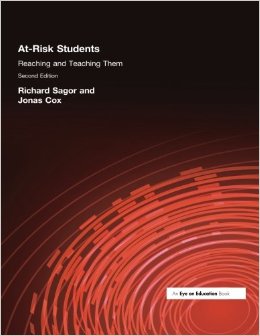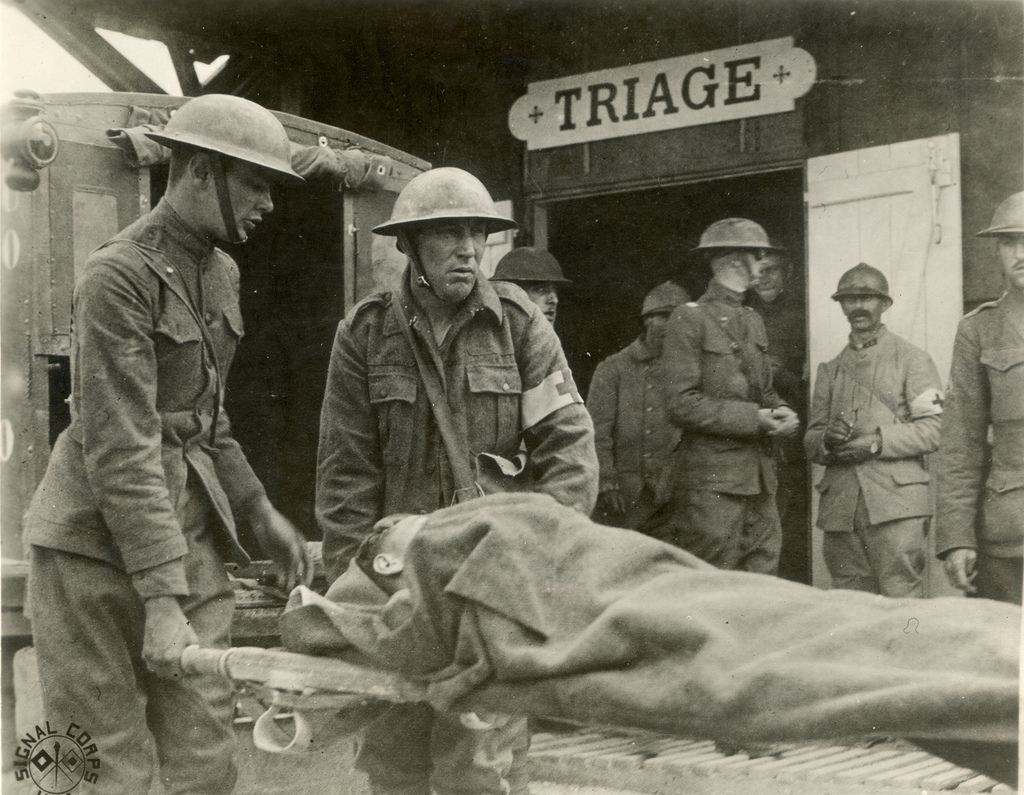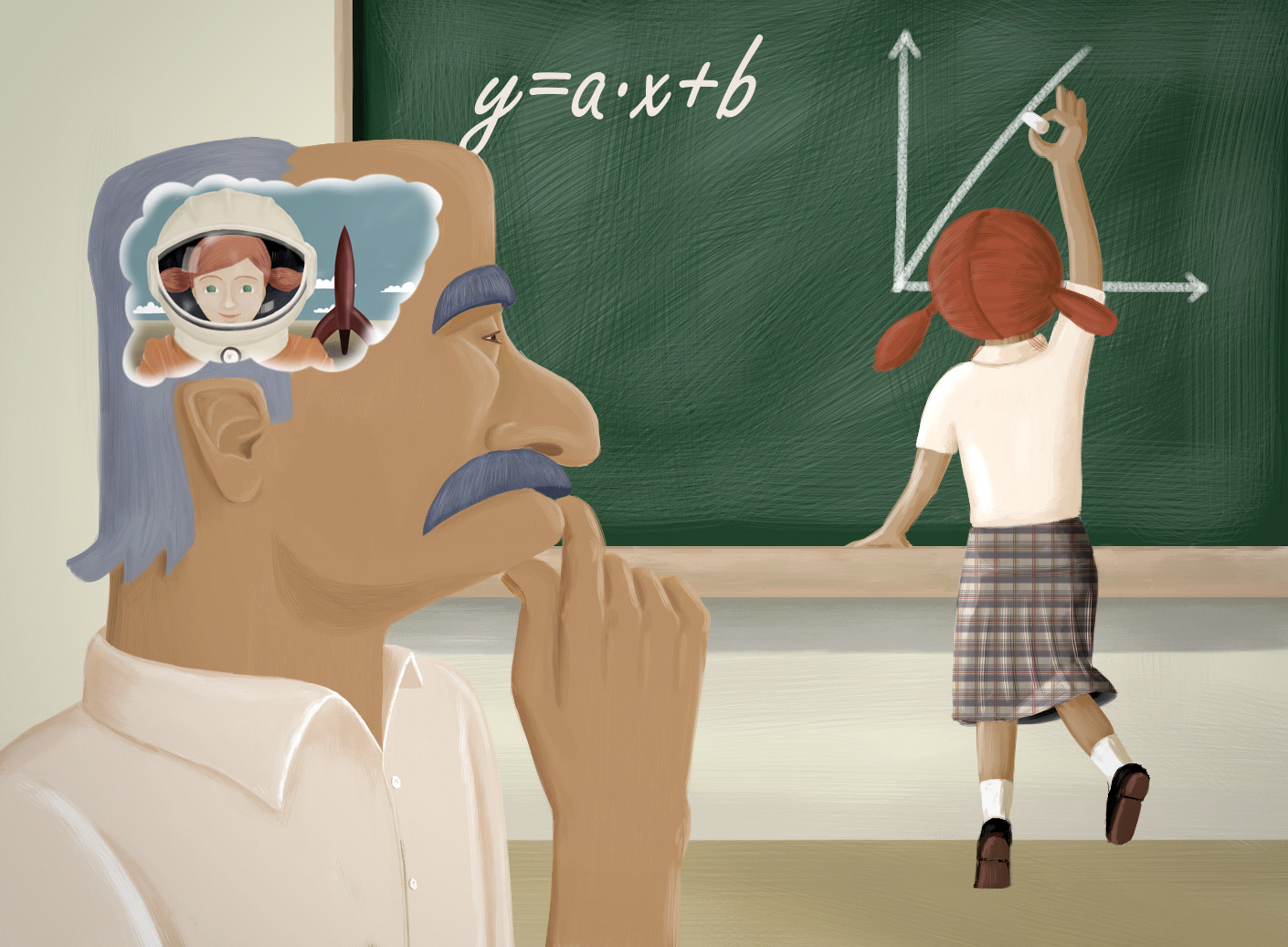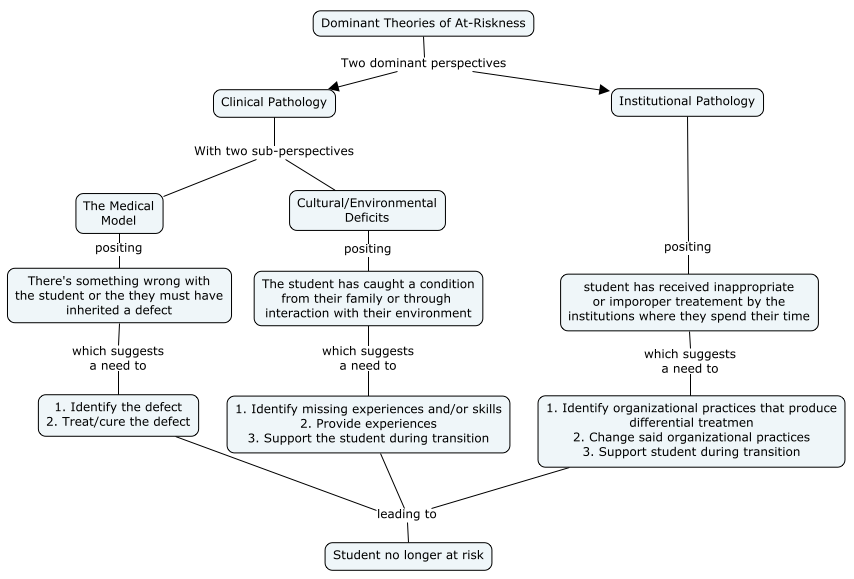At the Australian Association of Mathematics Teachers' conference in Adelaide last month, Di Siemon, during her presentation on the Scaffolding Numeracy in the Middle Years project (SNMY) project, recommended the book At Risk Students: Reaching Them and Teaching Them. Ever interested in education as a tool to reducing societal inequality, this title really pricked my interest.
 At this point I've only read the preface, Chapter 1, 2 and Chapter 11 but I wanted to share what I've taken from Sagor and Cox to date as the nuggets of wisdom are coming thick and fast. The preface sets up some of the theoretical underpinnings of the book and states what it will and won't cover. Chapter 1 was all about understanding at-risk students and causes of at-riskness. Chapter 11 is about evaluation of at-risk prevention programs (I only write on the Preface and Chapter 1 here). The stuff in the middle covers the Book's underpinning ‘CBUPO' framework (see below) in more detail and gives advice for school wide initiatives for reducing at-riskness.
At this point I've only read the preface, Chapter 1, 2 and Chapter 11 but I wanted to share what I've taken from Sagor and Cox to date as the nuggets of wisdom are coming thick and fast. The preface sets up some of the theoretical underpinnings of the book and states what it will and won't cover. Chapter 1 was all about understanding at-risk students and causes of at-riskness. Chapter 11 is about evaluation of at-risk prevention programs (I only write on the Preface and Chapter 1 here). The stuff in the middle covers the Book's underpinning ‘CBUPO' framework (see below) in more detail and gives advice for school wide initiatives for reducing at-riskness.
Preface
“students must be in possession of irrefutable concrete evidence of their success if they are to be convinced that these emotive feelings (competence, belonging, usefulness, potency, and optimism) will ultimately empower them as adults in the key life-long domains of work, leisure, family, community affairs, and personal relationships.” (pg xiii)
 I was very interested to read about the concept of ‘triage' being applied to an educational setting: “Triage: (in medical use) the assignment of degrees of urgency to wounds or illnesses to decide the order of treatment of a large number of patients or casualties”-AppleMac's dictionary
I was very interested to read about the concept of ‘triage' being applied to an educational setting: “Triage: (in medical use) the assignment of degrees of urgency to wounds or illnesses to decide the order of treatment of a large number of patients or casualties”-AppleMac's dictionary
Sagor & Cox transplant the idea of triage from the medical to the educational setting to suggest that at-risk students perhaps need to be funnelled through a different learning pathway to more academically advanced students. In medical triage our number one priority is to ‘stop the bleeding'. The authors propose an educational equivalent. They compare and contrast classical positivism with developmental constructivism… (pg. xv)
After highlighting this contrast, Sagor & Cox opine that whilst more of an enquiry and meaning based approach is best for students with the basics in place, it's important for us to ask the following question:
“Is the knowledge/skill/attitude that you wish learners to acquire necessary for their survival in the school’s academic system?” (pg. xvii)
Then add that,
“whenever your answer to (this) question is a yes, you would be well served to pursue immediate student success (the educational equivalent of “stopping the bleeding”) by “whatever means necessary!” …This usually involves the use of Model 1 (classical positivism).”(pg. xvii)
So, essentially what Sagor & Cox are saying here is that, to both of them the ideal educational model in an ideal world is Developmental Constructivism, but when the situation is sufficiently dire it is necessary to revert to more direct instruction. This analogy helped me to better understand some of the complexities of the ongoing inquiry based vs. direct instruction debate.
Chapter 1: Who Are These Kids and Why Do They Behave the Way They Do?
Defining at-risk (pg. 1, adapted from the work of Professor Arthur Pearl (1972)):
“Any child who is unlikely to graduate, on schedule, with both the skills and self-esteem necessary to exercise meaningful options in the areas of work, leisure, culture, civic affairs, and inter/intra personal relationships.”
CHANGE CAN HAPPEN! Addressing teacher expectations
Here Sagor and Cox come out of the blocks with inspiration. This is clearly done to address any niggling (or blatant) thoughts in the backs of educators' minds that it's impossible to help some students. They quote Ronald Edmonds from an article in Educational Leadership, 1979 (pg. 3 of Sagor & Cox. Edmonds' page number not given),

“We can, whenever and wherever we choose, successfully teach all children whose schooling is of interest to us; we already know more than we need to do that; and whether or not we do must finally depend on how we feel about the fact that we haven’t so far.”
They then go on to further talk about the Phi Delta Kappan study (Frymier & Gansneder, 1989) of at-risk youth in America and elucidate some findings from a teacher survey that made up part of that research (pg. 4 in Sagor & Cox, quoting Frymier & Gansneder, 1989)
“Teachers accepted responsibility for helping students learn in the areas of reading, writing, mathematics, and higher order thinking skills. But, they thought that parents and students were responsible for students’ daily attendance, listening, attitude towards schools, completion of homework, general behavior in school, and attention in class.”
After which Sagor and Cox say in no uncertain terms,
“The reason these findings should be of concern for us is that the very patterns of behavior that can place a child into at-riskness: poor attendance, inattentiveness, negative attitudes, and classroom misbehavior were perceived by the teachers in these two studies as outside their span of control. Obviously and unfortunately, only when we acknowledge our influence over those factors and assert our preparedness to take control of them will we be able to remake our schools in a fashion that works for the defeated and discouraged learner. Parts 1 and 2 of this book focus on strategies that you can use and that other teachers have employed to change student performance in each of those critical areas. The success of these teachers gives convincing testimony to the fact that all of us can prevail.”
Basic Psychological needs of At-Risk Youth
The main thread that runs through this book is based on the psychological. In subsequent chapters, Sagor & Cox primarily build upon the psychological framework outlined here. Readers are introduced to the acronym CBUPO, which stands for

- Competency
- Belonging
- Usefulness
- Potency
- Optimism
Perhaps the only word here whose meaning is not immediately obvious (though there are of course intricacies) is ‘potency'. By that what the authors mean is (pg. 6):
“we must recognise that in contemporary society successful individuals grow up believing that it is their behavior and the choices they make that are responsible for the good as well as the bad things that ultimately happen to them.” (author's emphasis)
This potency crops up in lots of other theories of motivation too. It is the same as ‘autonomy' as found in Deci & Ryan's Self-Determination Theory and Dan Pink's model of motivation and Albert Bandura's Self-efficacy. It's all about feeling in control of one's destiny (to put it in more romantic terms…)
Cognitive Dissonance Theory
“It is easier to act your way into a new way of thinking than to think your way into a new way of acting.” (pg. 16)
When our behaviours and our beliefs are in conflict (dissonant) we experience stress. Drawing on the work of Festinger (1954), Sagor & Cox discuss at length the implications that this has on students. For example, if a student has been branded as a class clown, or a disruptor, acting in a way that is dissonant to that contextual and self-label can be traumatic, so students generally avoid it. The question is, how can we turn self- or class-labelled students around?
Deliberate creation of cognitive dissonance is a method to generate change. The specific example cited by the authors is that of instigating “cross-age” tutoring. If disengaged students are given a role of responsibility in which they tutor younger students, this generates in them a dissonance that leaves the tutors (those initially disengaged) with three options (pg. 16)
- “They could drop tutoring,
- Their attitudes towards school could change, or
- They could maintain their attitudes and stay in a state of stress.”
It is suggested that such ‘cross-age' programs can have immense impacts in shifting student's views of school. Here Sagor & Cox refer to the work of Cohen, Kulik, & Kulik (1982).
How we view at-riskness determines our beliefs about treatments
I feel that the mindmap below is the best way that I can communicate the ways in which Sagor & Cox suggest how our assumed or derived theories of at-riskness influence our beliefs of how to treat it.
Conclusions:
For me, Sagor and Cox shed new light on some of the issues facing at risk students and some of the key considerations for designing and implementing programs to help them. Reading just these few key chapters has fundamentally contributed to my growing schema of education, particularly with respect to the education of at-risk students. I really look forward to delving deeper into this area through the remainder of the book as well as the many articles and resources that the authors cite.
References
Cohen, P. A., Kulik, J. A., & Kulik, C. C. (1982 Summer). Educational outcomes of tutoring: A meta-analysis of findings. American Educational Research Journal, 19 (2), 237–248.
Edmonds, R. (1979). Effective schools for the urban poor. Educational Leadership, 37 (1), 24–27.
Festinger, L. (1954). A theory of cognitive dissonance. Stanford, CA: Stanford.
Frymier, J., & Gansneder, B. (1989). The Phi Delta Kappa Study of Students At-risk. Phi Delta KAPPAN, October, 142–146.
Pearl, A. (1972). The atrocity of education. St. Louis: New Critics Press
*I'm keen to scaffold my own Masters project by reading up on how I should actually be approaching it! On recommendation from The Thesis Whisperer I'm keen to get stuck into How to Write a Better Minor Thesis. This is a short book so I expect to be able to knock it over in a week or so. I'll make sure I share up my full notes when I'm done.

